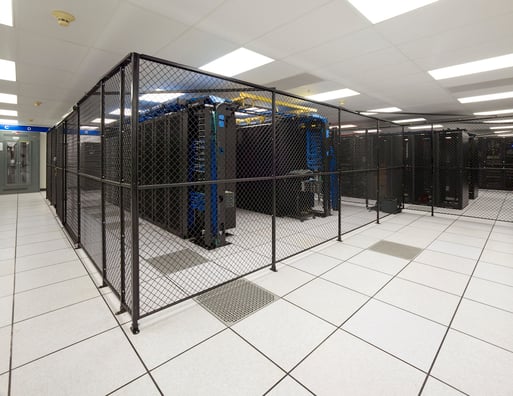Many types of companies use colocation facilities (multi-tenant or shared data centers) for various reasons. In many cases, they either don’t have enough cabinets to justify their own data center, or they want the higher reliability of a colo site for their most critical equipment, even if they already have a data center of their own. While colocation facilities are different in terms of business model, they are no different than any other data center that has to provide reliable power, connectivity, and cooling. One of the largest expenses of a facility, and arguably one of the most important for equipment protection, is cooling. This becomes an important consideration for both owners and tenants because without proper cooling providing consistent and appropriate intake temperatures, server reliability will be compromised.

As we all know, ASHRAE sets standards for IT equipment intake temperatures. The recommended range is 64.4°F to 80.6°F (18°C to 27°C). These parameters are set mainly to achieve the most reliable operation of IT equipment and secondarily to allow for the efficient operation of the cooling infrastructure. Keeping an ever-changing facility environment within these boundaries, however, can be a challenge.
The challenges colos face when trying to maintain best practices for airflow and thermal management are primarily because of having multiple customers in the same room. Cages required to provide security make it hard to maintain hot and cold aisle layout and prevent spaces in cabinet rows. It can also be hard to make customers use blanking panels, and hard to control placement of IT equipment in cabinets to assure front-to-back airflow. All of these issues are related and together can significantly compromise airflow management (AFM) best practices, the prevention of mixing and recirculation of air.
The best way for colos to address these issues is in the initial customer contract/agreement/SLA (Service Level Agreements). This is where the colo can require customers to use blanking panels and adhere to facility requirements, etc. Encouraging and enforcing AFM best practices are much harder to do if they’re not included in the original agreements. For colos that want to do as much as they can to reduce OPEX and improve profitability, below are a few steps that can be taken.
Calculate the Cooling Capacity Factor
The Cooling Capacity Factor (CCF) was developed by Upsite Technologies to help data centers identify how well the valuable and expensive resource of cooling capacity is being utilized. A facility’s CCF is calculated by dividing the total manufacturer’s stated cooling capacity of running cooling units by 110 percent of the IT critical load. The resulting number provides insight into how much opportunity there is to improve cooling management. Continue Reading


.png?width=58&height=58&name=X_logo_2023_(white).png)
